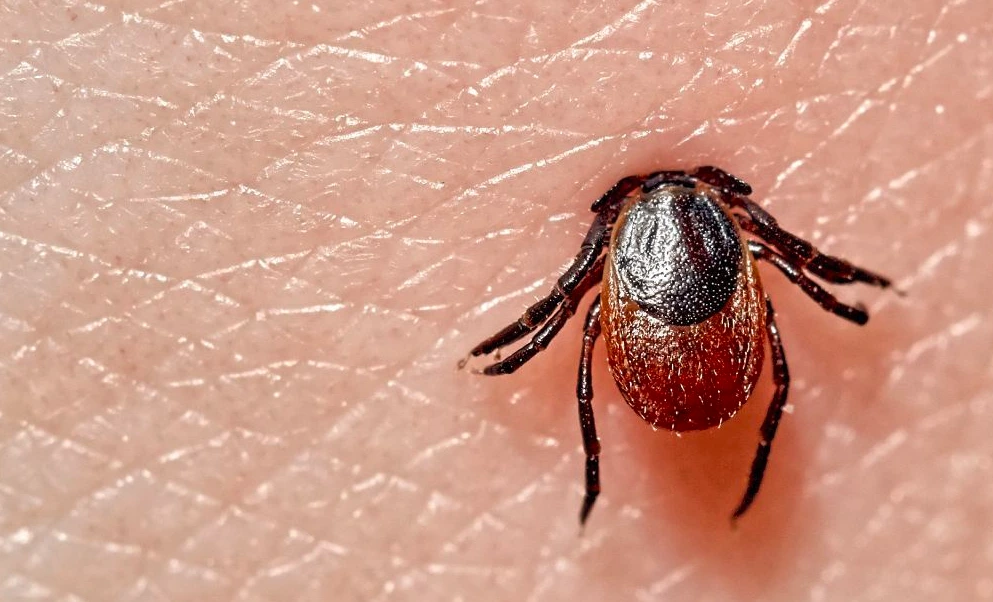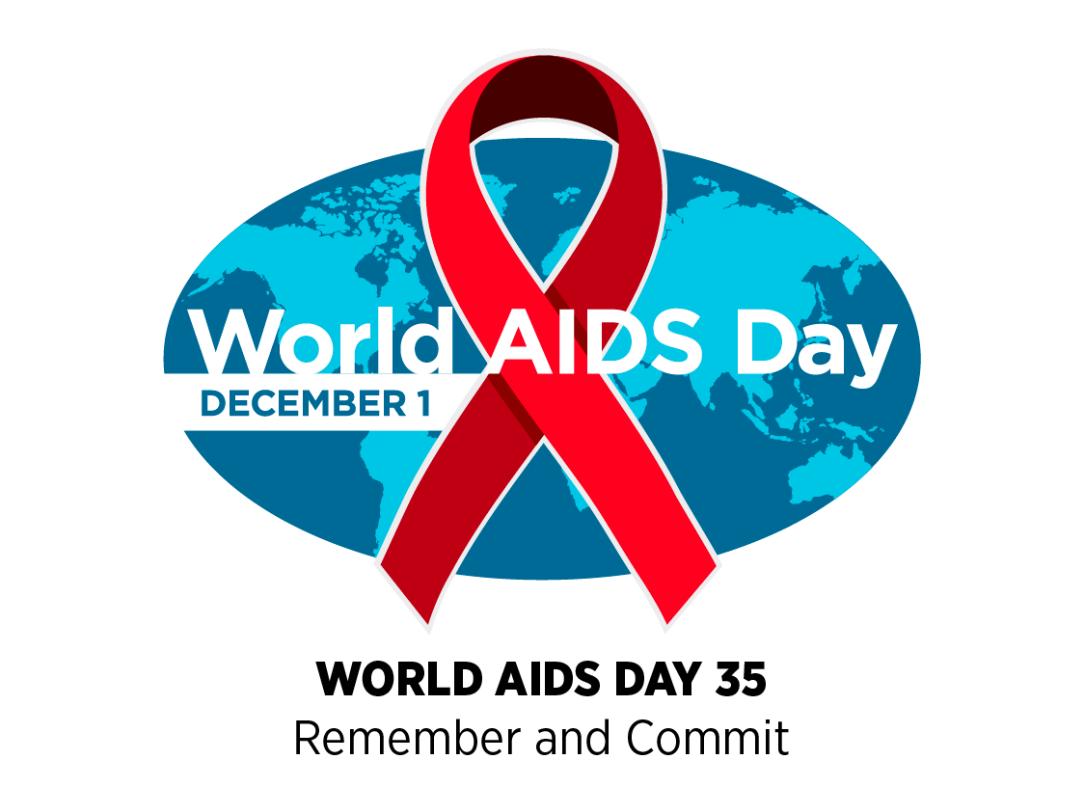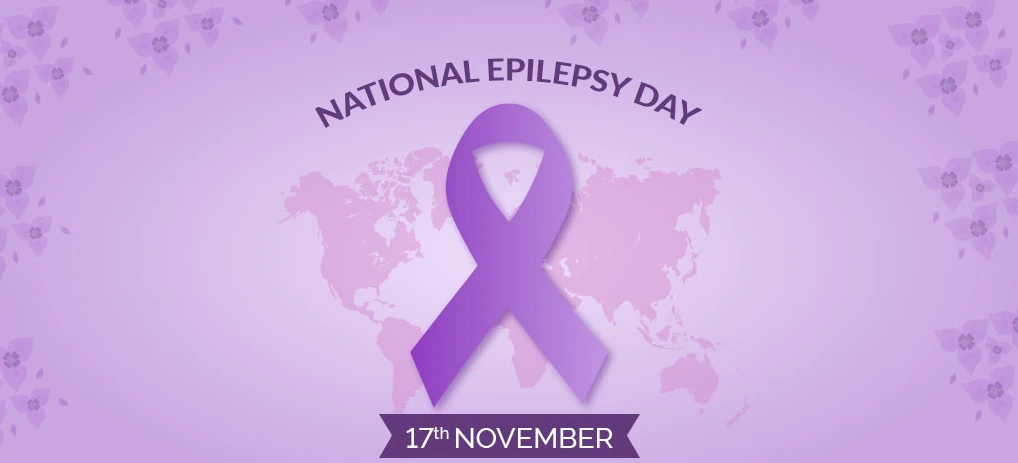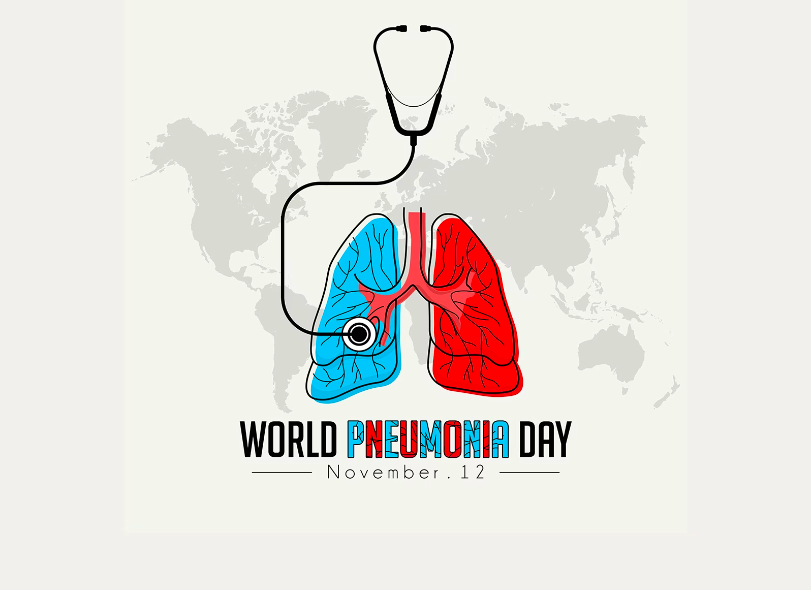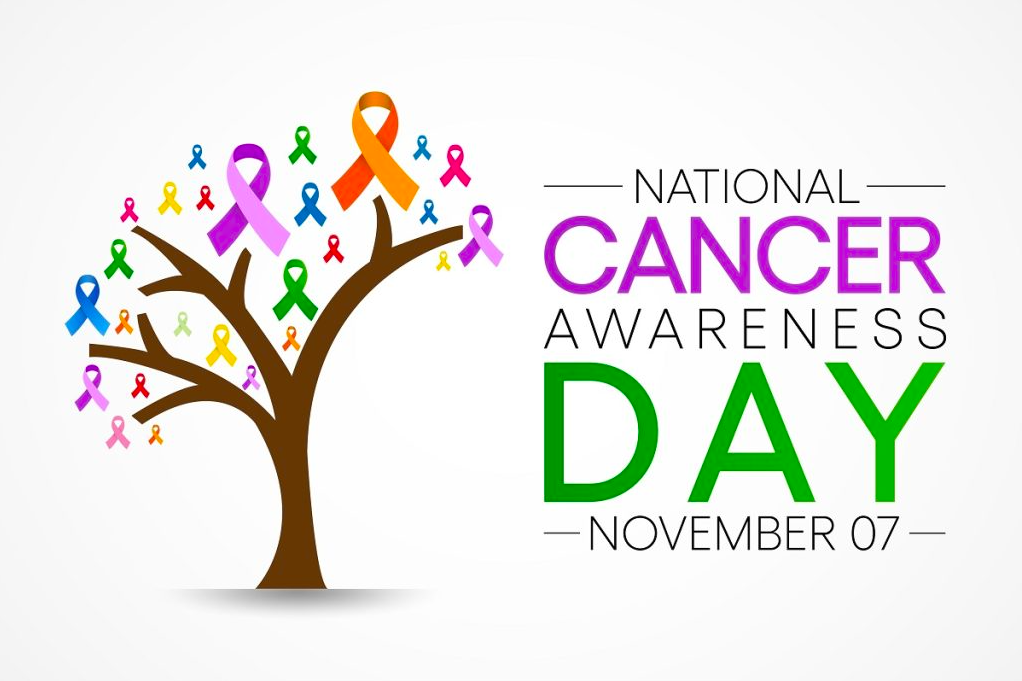A particular type of bacteria is what infects people with Lyme disease. Through the bite of an infected tick, the bacteria can be transmitted to people. Joint pain can result from the condition. The infection may result in issues with the joints, heart, skin, or brain.
When started early enough, antibiotic therapy typically cures Lyme disease. Some symptoms might persist even after treatment.
Does Lyme disease result from all tick bites?
No, tick bites do not always result in Lyme disease. The only ticks that can spread the bacteria that causes Lyme disease are deer ticks, also known as black-legged ticks. And the majority of those bitten by one of these ticks typically do not develop Lyme disease because:
- Only a few of these ticks have the infection.
- To transmit the bacteria, an infected tick must remain attached for at least one to two days.
SIGNS AND SYMPTOMS

Some people who contract an infection show no symptoms at all. Symptoms can vary from person to person and frequently occur in three stages:
1. Early-stage localised Lyme disease (weeks 1–4)
- a rash that usually appears round or oval at the site of the tick bite. A bulls-eye rash is one of those rashes that has a clear middle.
- fever
- headache
- muscle pain
- joint pain
- tiredness
2. Early disseminated Lyme disease (months 1-4).
- rashes that appear on areas of the body far from the tick bite
- a slow or unpredictable heartbeat
- conditions affecting the nervous system (brain and spinal cord), such as:
- facial nerve damage that may result in drooping (facial palsy)
- tingling in the arms or legs
- mood shifts
- memory issues
- a stiff neck and pain from meningitis, an infection that causes inflammation of the brain and spinal cord
3. Late disseminated Lyme disease (after 4 months, even years later).
- arthritis
- “Brain fog” which is the inability to focus.
- (Polyneuropathy) Damage to the nerves throughout the body, including the skin, muscles, and organs.
Who Gets Lyme Disease?
Anyone who is bitten by a deer tick carrying the illness is susceptible. A person’s risk may be raised by the following factors:
- spending a lot of time outside in areas with thick brush, shrubs, or trees
- keeping indoor pets that might bring ticks
- yard work, hiking, camping, fishing, or hunting in areas where there are ticks
DIAGNOSIS AND TESTS
Lyme disease can be challenging for doctors to identify because:
- It’s possible that the rash and tick bites go unnoticed.
- A lot of the early signs resemble the flu or other illnesses.
- Blood tests are only useful for diagnosing Lyme disease several weeks after the onset of the illness.
If a patient has a tick bite or develops the characteristic rash, a doctor can identify Lyme disease early, particularly if they live in an area where the disease is common.
Doctors enquire about symptoms in order to diagnose late Lyme disease. They then perform blood tests to look for indicators of Lyme disease. Doctors may prescribe additional tests based on the patient’s symptoms, such as a spinal tap to examine the fluid surrounding the brain and spinal cord.
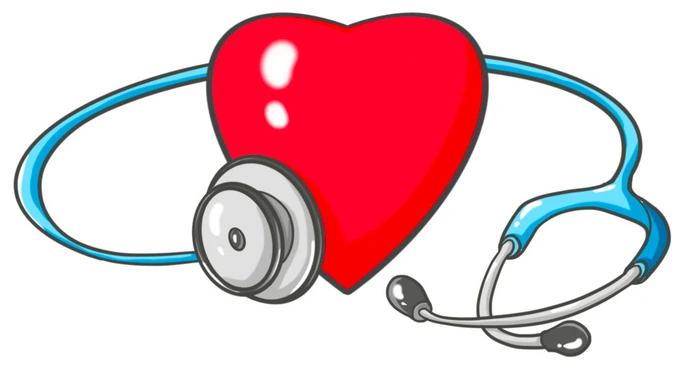
TREATMENT
The stage of Lyme disease affects the course of treatment. In general, it is true that your recovery will go more quickly and completely the earlier you receive treatment.
Antibiotics taken orally for 10 to 14 days are the mainstay of treatment for early Lyme disease. Antibiotics must be taken orally or intravenously for a longer period of time in someone with late Lyme disease.
What should I do if I get bitten by a tick?
The best way to get rid of a tick that bit you is to follow these instructions:
- Till the tick releases its hold on your skin, gently but firmly tug with blunt tweezers close to the tick’s “head” at the level of your skin.
- You could infect yourself with the bacteria in the tick if you crush the tick’s body or handle it with bare hands.
- With soap and water, thoroughly clean the bite site.
- Never use tweezers or your fingers to squeeze the tick’s body.
When should I schedule a visit with my doctor?
You should schedule a visit with your doctor if you experience illness after being in an area where ticks may reside.
Contact your doctor if you were diagnosed with Lyme disease and are still feeling unwell despite taking all of your prescribed antibiotics. If you experience symptoms like a stiff neck or mental confusion, immediately meet your doctor.
PREVENTION
The nearby grasslands and wooded areas are where deer ticks are most frequently found. Particularly prevalent there are neighbourhood yards where deer occasionally roam as well as the intersection of the two areas.
There are some regions where more than 50% of the deer ticks carry the bacteria that causes Lyme disease, despite the fact that only about 1% of all deer ticks do. The Northeast and upper Midwest of the United States are frequent locations for the diseased ticks. Also found in coastal regions are ticks.
Other animals besides deer can transmit the infection to black-legged ticks. The bacteria can be carried by some squirrels, voles, and mice.

How to prevent tick bites?
You can prevent tick bites by using the advice listed below:
- To deter ticks, think about applying permethrin to your clothing and equipment. All ages can safely use permethrin when used properly. However, avoid using it on items of clothing or other items that kids might chew or suck on.
- Put on some insect repellent. Analyse the labels thoroughly. Do not abuse it. A surplus could be harmful.
- Put on long sleeves, closed-toe shoes or boots and long trousers. To stop ticks from climbing up your legs, tuck your pant legs into your shoes or boots.
- Dress in light colours to make ticks easier to see.
- To avoid picking up ticks from dangling grass and brush, stay in the middle of trails.
- Always check for ticks after being outside in an area classified as “at risk” before taking a shower and using a washcloth to scrub.
- Ticks may enter your home through your pets. Together with your veterinarian, go over tick prevention strategies for your pet.
PROGNOSIS
The majority of those who contract Lyme disease and seek treatment quickly will be fine. Lyme disease can be cured with treatment, but there may still be some long-term side effects. Lyme disease is rarely fatal, but it can cause other serious issues if left untreated.
What Is Post-Lyme Disease Syndrome?
Someone with Lyme disease who continues to experience symptoms despite receiving antibiotic treatment is said to have post-Lyme disease syndrome, also referred to as chronic Lyme disease. Even after receiving the right care, some people (5% to 15%) may continue to feel worn out, achy, or have headaches.
Not all symptoms indicate that an infection is still present. The most likely explanation for the symptoms is an autoimmune reaction. Post-Lyme disease syndrome patients typically recover over time, but it can take months to feel normal again.
Read more:
Conjunctivitis: Everything You Need to Know About Eye Flu
How to Survive Dengue Fever: Essential Tips You Need to Know
पीलिया के बारे में सब कुछ जानें: Jaundice in Hindi

